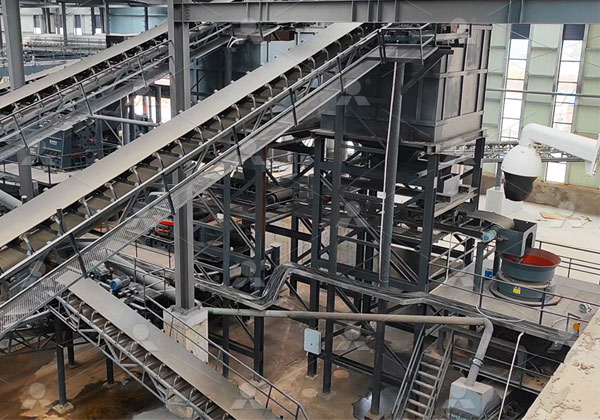A Limestone Crushing Plant is a key component in the production of various construction materials, including aggregates, cement, and lime. When designing and setting up a limestone crushing plant, several factors need to be considered, such as the material characteristics, output requirements, plant layout, and environmental regulations. Below is a breakdown of the ideal solution for setting up a limestone crushing plant:
Material Assessment and Site Preparation
Limestone is a sedimentary rock composed primarily of calcium carbonate (CaCO₃). Its hardness, grain structure, and chemical properties can vary based on the source. Therefore, it is essential to evaluate the material’s properties through sampling and testing. Characteristics such as compressive strength, moisture content, and abrasiveness will guide the selection of suitable crushing equipment. Additionally, site preparation should include clearing debris, leveling the ground, and ensuring easy access for transport and operational efficiency.

Crushing Process
Limestone typically undergoes a multi-stage crushing process to achieve the desired particle size and quality. The general process consists of:
- Primary Crushing: The first step is usually performed by a jaw crusher. The limestone is fed into the jaw crusher, where it is crushed by compression. The jaw crusher should be selected based on the feed size and the required output size. It is designed to handle large boulders and reduce them to smaller, manageable pieces.
- Secondary Crushing: After primary crushing, the material is typically reduced to smaller sizes by impact crushers or cone crushers. The impact crushers are ideal for breaking down softer limestone, while cone crushers are more suitable for tougher, harder limestone. The secondary crushers produce smaller and more uniform sizes.
- Screening: After crushing, the material is screened to separate finer particles from larger ones. A vibrating screen is used for this purpose. It sorts the crushed limestone into different size fractions. Some of the finer material may be used for specific applications, such as fine aggregates for road construction or for the production of lime.
- Tertiary Crushing (if required): In some cases, a tertiary crusher may be used to achieve the final product size. A vertical shaft impact (VSI) crusher is often used for high-quality fine aggregates and sand production.
Conveyor Systems
A key part of a limestone crushing plant is the efficient transportation of material between different stages of the crushing process. Conveyor belts are essential for moving crushed material from crushers to screens and then to stockpiles or other processing units. Using durable, high-capacity conveyors ensures the plant runs smoothly with minimal downtime.
Quality Control and Monitoring
Throughout the crushing process, quality control is necessary to ensure the end product meets the specifications. Regular testing of the crushed material for particle size distribution, moisture content, and purity is crucial. Automatic monitoring systems can be used to track output and adjust operational parameters in real-time, improving efficiency and ensuring consistent product quality.
Maintenance and Reliability
Regular maintenance is vital for the smooth operation of the limestone crushing plant. Crushers and screens should be inspected frequently for wear and tear, and parts should be replaced before they fail to minimize downtime. A well-planned maintenance schedule ensures that the plant operates at optimal efficiency and helps avoid costly repairs.
Conclusion
A well-designed limestone crushing plant involves careful planning, selecting the appropriate equipment, and ensuring that operational, environmental, and quality control standards are met. By combining primary, secondary, and possibly tertiary crushers, along with robust conveyor systems and effective dust management, the limestone crushing plant can achieve high production efficiency and produce high-quality aggregates, meeting the needs of various industries such as construction, cement production, and lime manufacturing.
